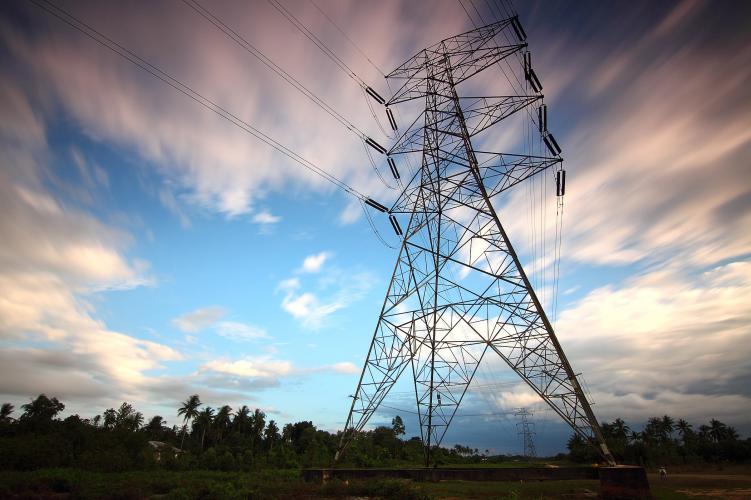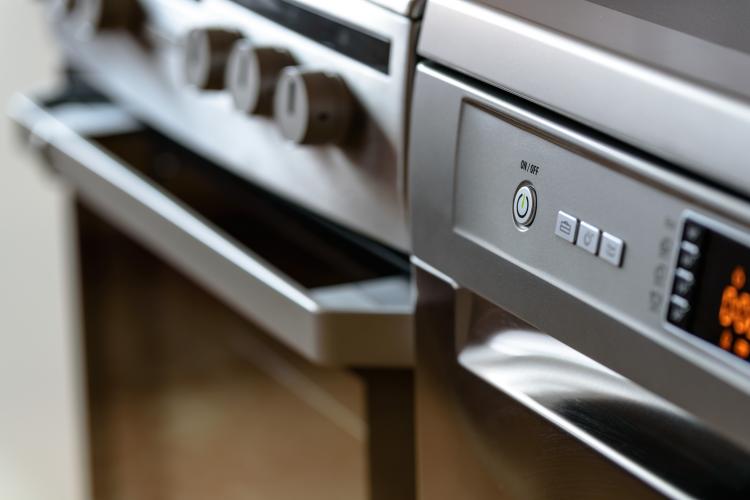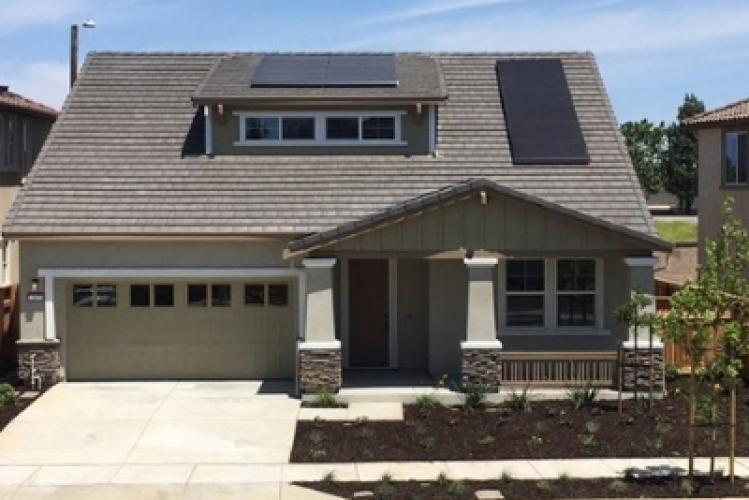Smart Discussion on Smart Grids
As more and more distributed resources come onto the grid, we are coming full circle back to something that looks more like Edison’s original distributed energy system, after a century of Samuel Insull’s centralized model. Besides changes in how energy is generated, the way it is used is also changing, with energy customers becoming active participants rather than just passive consumers. The interoperability of all of the devices on the grid is essential to keeping up with the changing needs of customers and energy markets.







